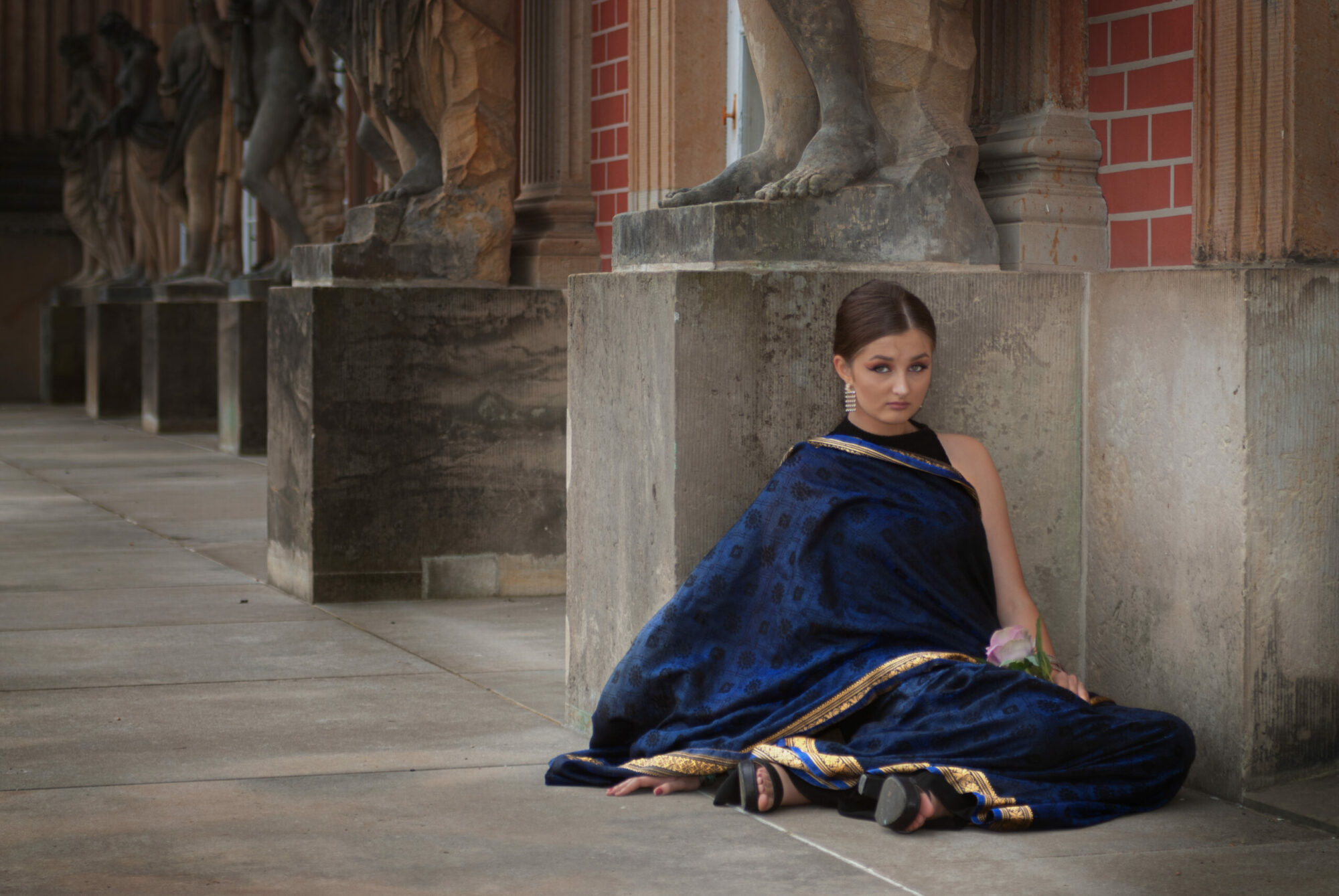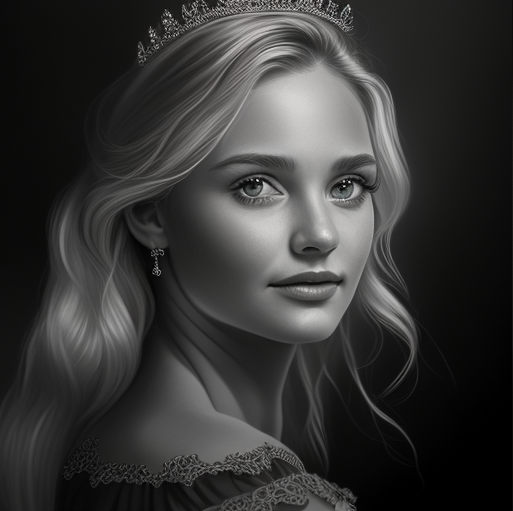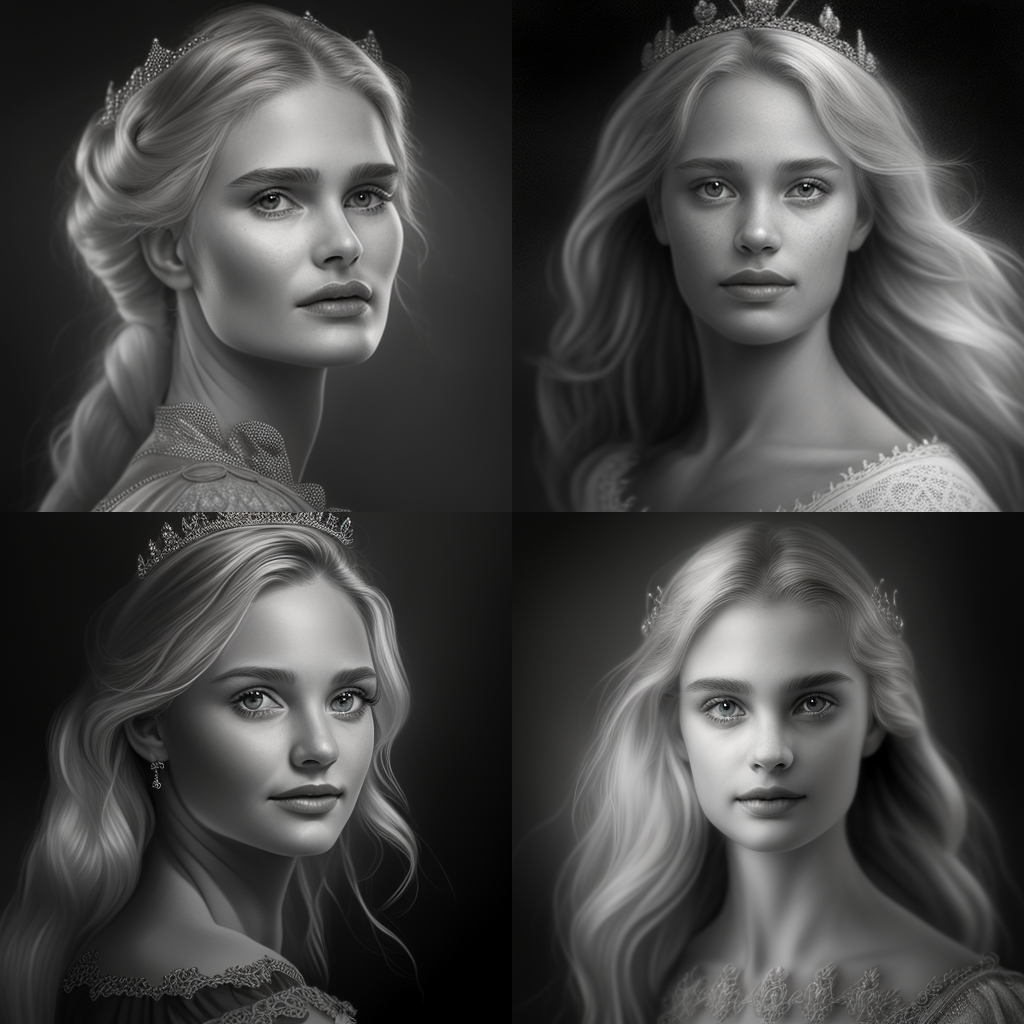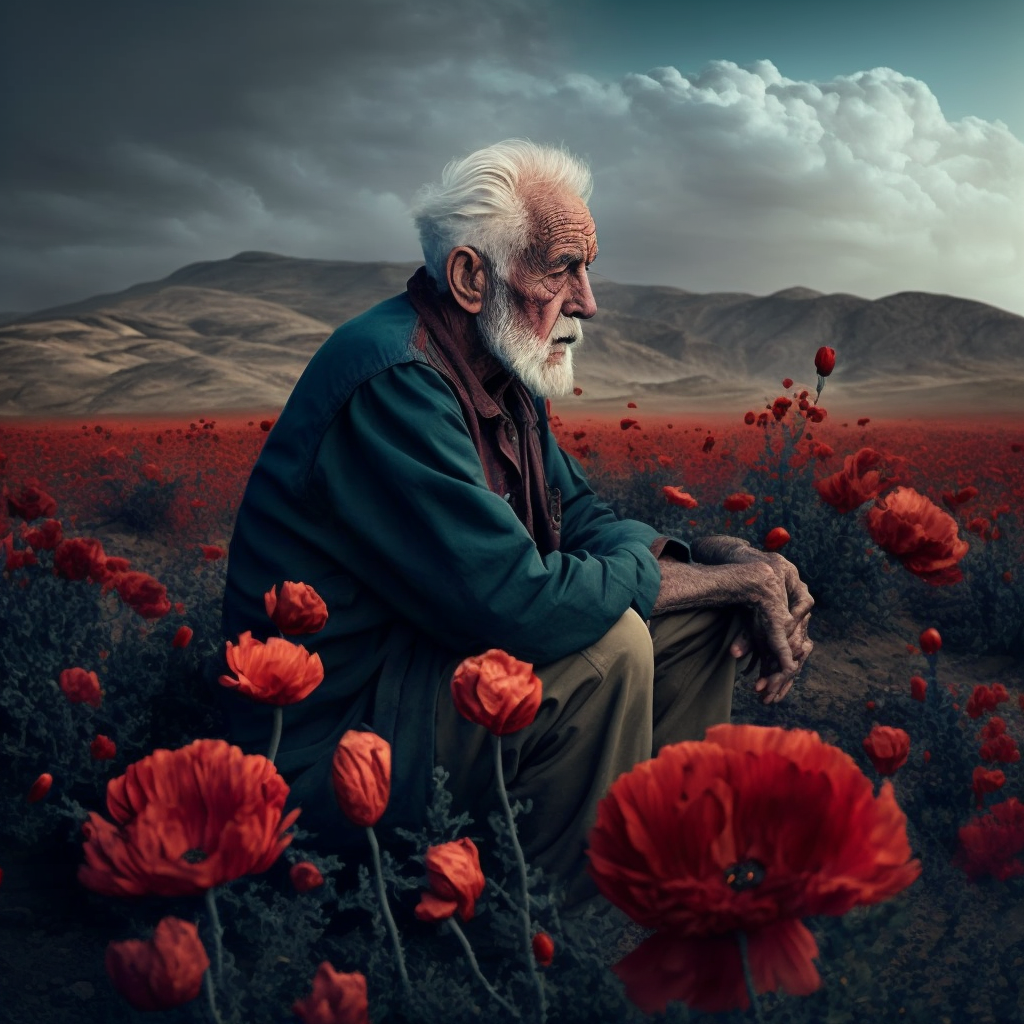Is It Still Necessary to Invest Thousands in Camera Equipment?
Photography has undergone a dramatic transformation over the past two decades. What was once a technical discipline requiring expensive equipment, specialized knowledge, and patience is now a daily habit for many people. The widespread availability of smartphones with impressive camera capabilities has democratized photography. This raises a key question: In the digital age, is it still necessary or even sensible to invest thousands of euros in professional camera gear?
A Technological Shift
Modern smartphones come equipped with advanced camera systems featuring multiple lenses, computational photography, night modes, and AI-assisted scene recognition. These innovations allow anyone to capture decent images with minimal effort. A spontaneous photo taken in the right light can go viral on social media within minutes—without the need for a tripod, RAW editing, or a DSLR.
At the same time, traditional photography hasn’t disappeared—it has evolved. The technical precision of today’s DSLRs or mirrorless cameras (from brands like Canon, Nikon, Sony, or Fujifilm) offers resolution, dynamic range, and optical quality that smartphone cameras, despite their rapid development, cannot fully match—especially in specialized areas like studio, sports, nature, or night photography.
The Question of Necessity
Whether an expensive camera is worth the investment today depends more than ever on one’s goals:
- For hobby photographers who enjoy capturing beautiful images or occasionally creating photo books, a high-end smartphone is often more than sufficient. The quality is adequate for social media, web use, and even high-quality prints up to a certain size.
- For semi-professional or professional photographers, the situation is different. Those producing image series for magazines, exhibitions, or advertising campaigns often need control over depth of field, low-light sensor performance, color depth, lens selection, or lighting systems. In these cases, professional camera equipment remains indispensable.
- For artistic photography, where composition, lighting, and visual storytelling are paramount, the physical feel of the device also matters. Often, the process of slowing down and consciously composing a shot becomes part of the creative expression. Here, the camera is not just a tool—it’s part of the vision.
The Emotional Aspect
There’s also an emotional and ideological component. For many photographers, their camera is a trusted companion over the years. Investing in high-quality gear is a statement of one’s artistic intent. Someone who spends significant time with a subject will photograph it differently than someone just snapping in passing.
At the same time, smartphones haven’t stifled creativity—they’ve redefined it. Platforms like Instagram, VSCO, and mobile editing apps like Lightroom have created new visual languages. A “good photo” no longer has to be technically perfect—it should move, surprise, or provoke thought.
Conclusion
The modern way of photographing is more diverse and accessible than ever before. Whether it makes sense to invest thousands in camera gear depends on personal motivation and intended use. For many, a smartphone is now more than enough. For others, a professional camera remains an essential creative tool. In the end, it’s not about the device—it’s about the eye behind it, and the story a photo is meant to tell.



